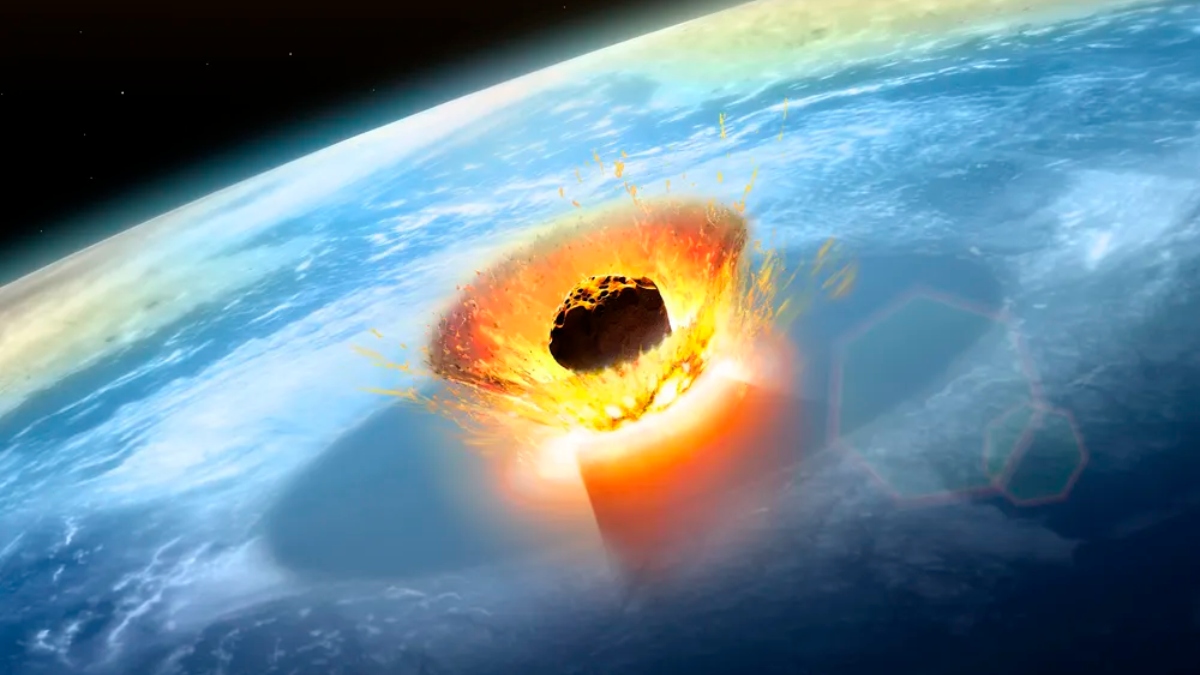A groundbreaking study published in the journal Science suggests the asteroid responsible for the mass extinction of non-avian dinosaurs originated from beyond Jupiter. The research analyzed isotopes of metals from the impact, revealing a link to the outer solar system, a stark contrast to other studied asteroids that originated closer to the sun.
According to the study, the infamous Chicxulub impactor, estimated to be up to 12 miles in diameter, traveled at a staggering speed of 15.5 miles per second before striking Earth 66 million years ago. The impact created a crater over 90 miles wide on the Yucatán Peninsula, now known as the Chicxulub crater, and led to the extinction of approximately 80 percent of all animal species.
Mario Fischer-Gödde, the study’s lead author and a geochemist from the University of Cologne, highlighted the significance of understanding such catastrophic events. “This impact totally changed the picture of our planet and caused the emergence of mammalian life,” Fischer-Gödde explained.
The research team focused on ruthenium, a metal rare on Earth but prevalent in meteorites. By examining the isotopes of ruthenium found at the geological K/Pg boundary, which marks the Cretaceous-Paleogene periods, the team identified a distinct extraterrestrial signature indicating the asteroid’s origin.
David Kring, a scientist at the Lunar and Planetary Institute, praised the methodology, stating, “The paper presents a fantastic set of isotope analyses. You need to understand the origin of objects like this if you’re going to properly assess future hazards.”






